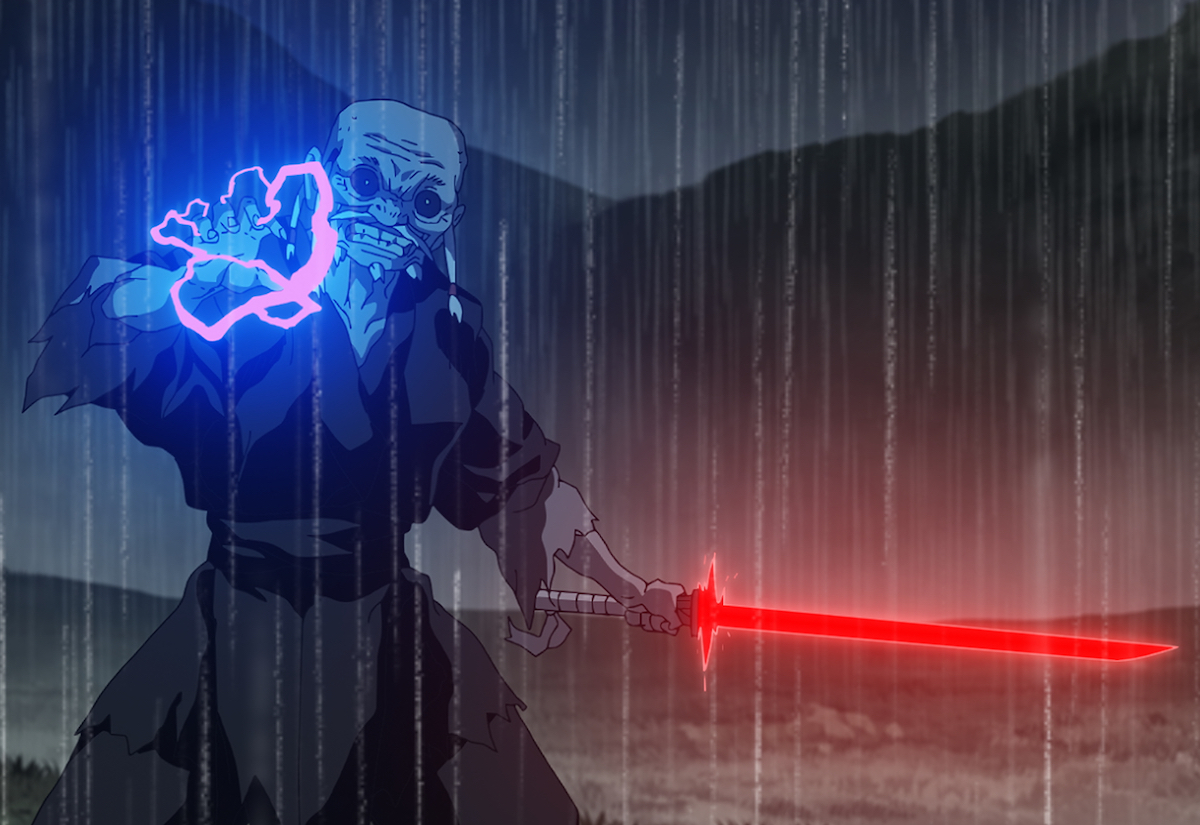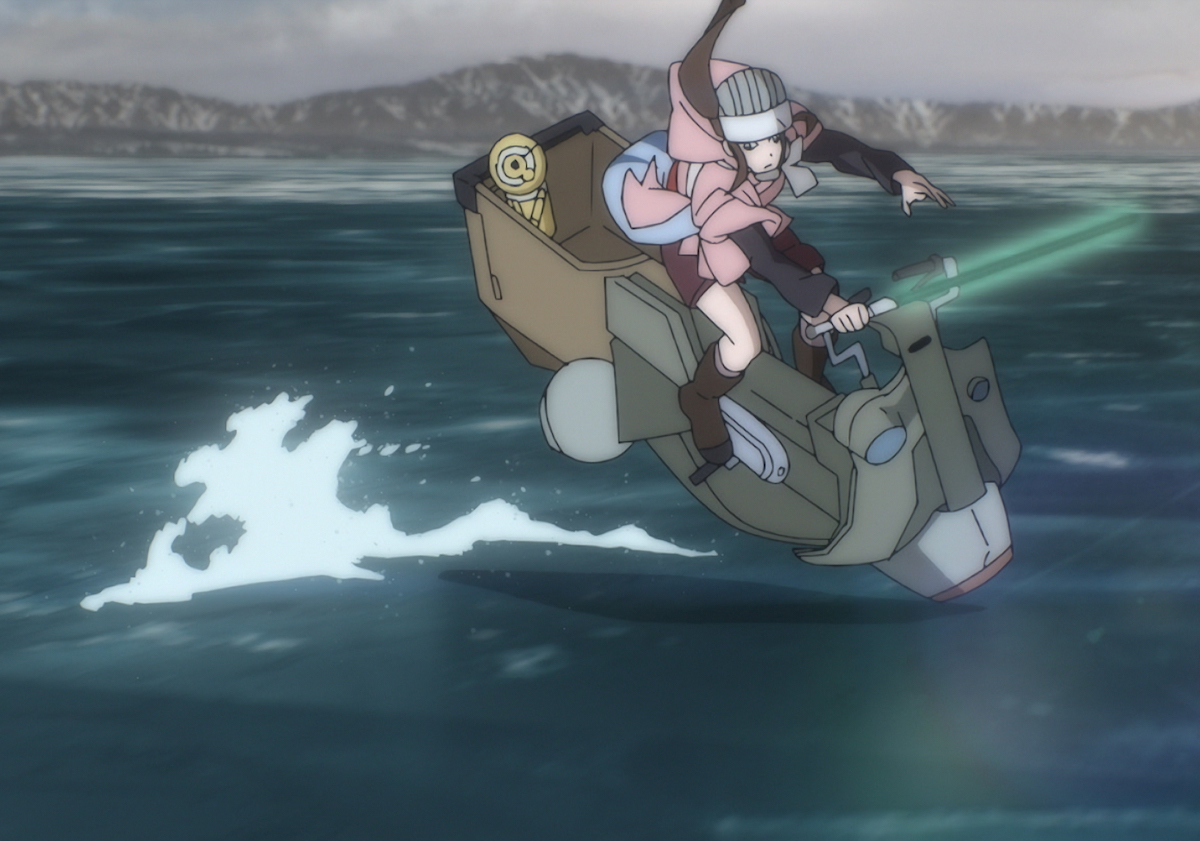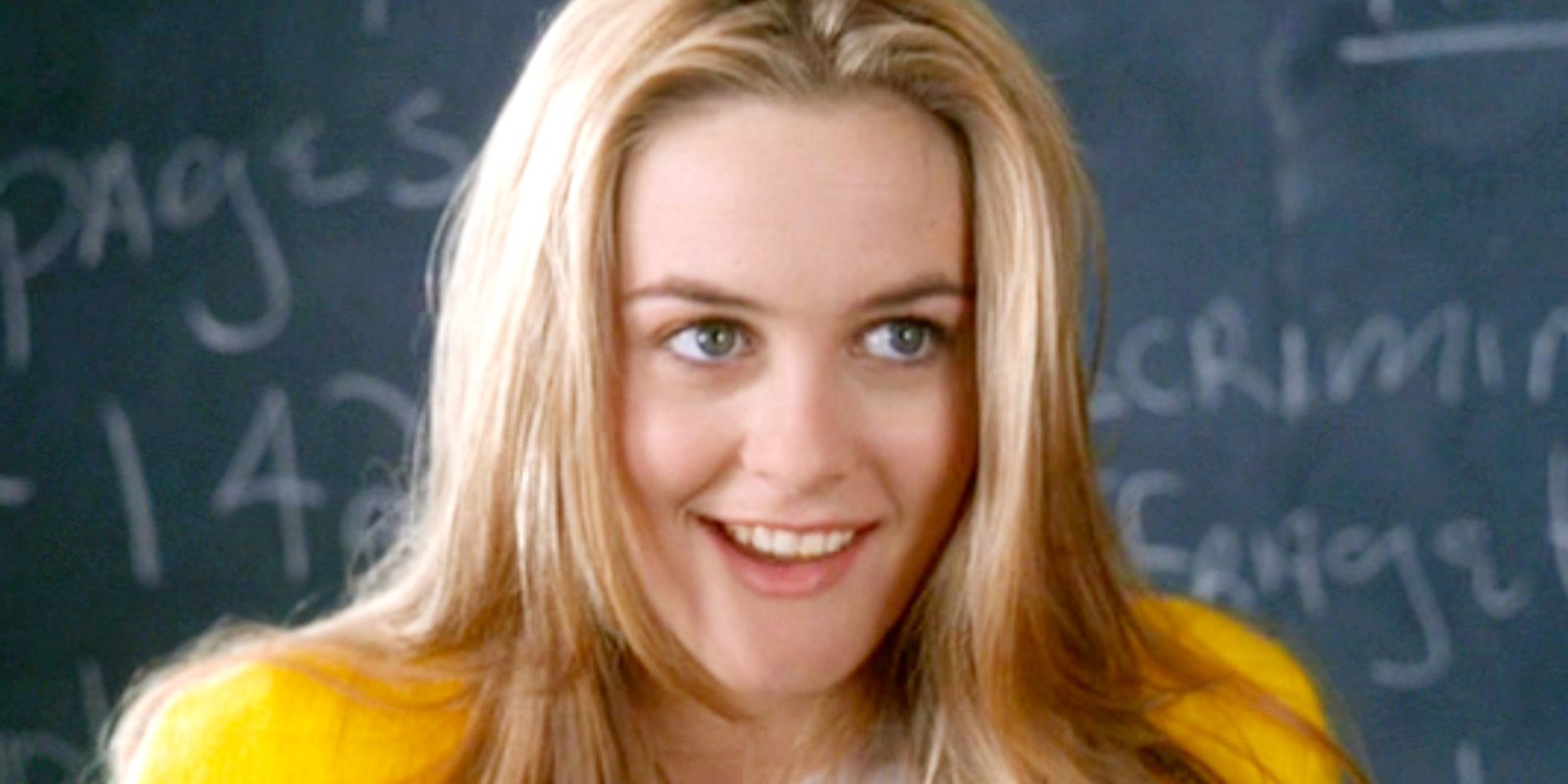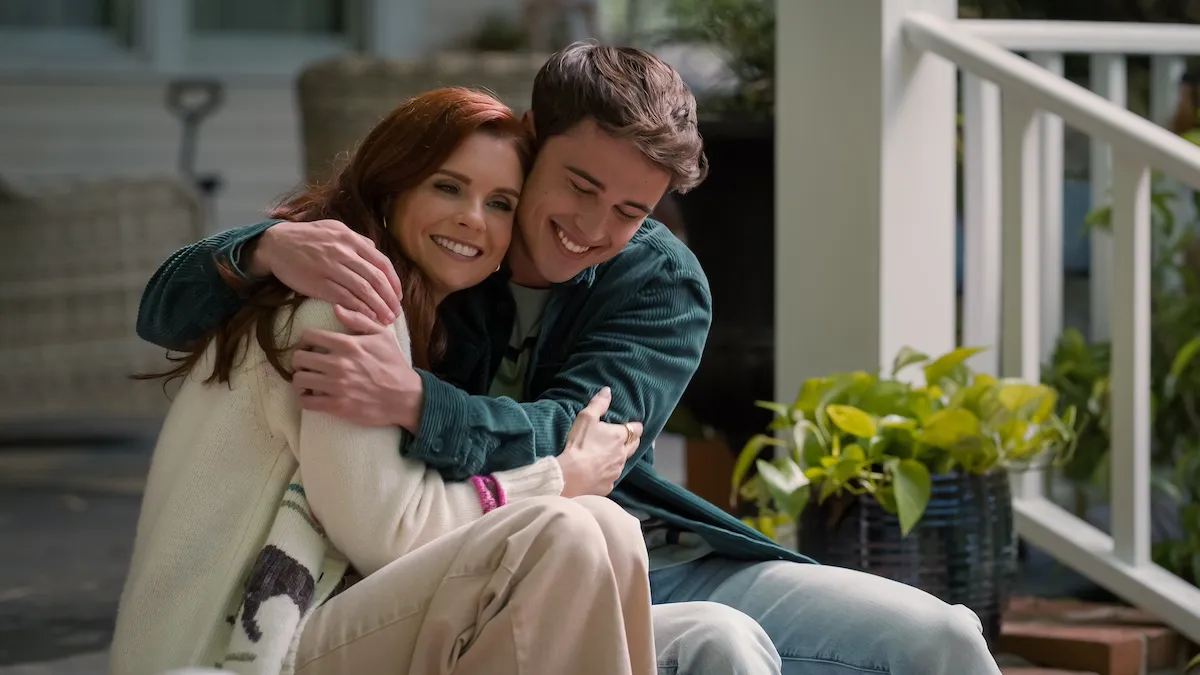Which Studios Produce ‘Star Wars Visions’ Episodes? Each 1 Is a Different Anime Studio
At last, Star Wars fans have a new piece of Star Wars television to sink their teeth into with Star Wars: Visions. OK, that’s a little dramatic, since Star Wars: The Bad Batch aired its season finale a month ago. But, this feels so fresh and new with the animation style being so different from any other in the franchise. It just feels like a new chapter. And that’s because there are seven different Star Wars: Visions studios producing the episodes. Here’s a look at the anime studios behind the new anthology series.
‘Star Wars: Visions’ episode 1 was done by Kamikaze Douga

The anime studio Kamikaze Douga was founded in 2003 according to Anime News Network. They partnered with Lucasfilm for Star Wars: Visions episode 1. The studio has worked on several anime over the years like Netflix’s Sound & Fury and the opening credits of JoJo’s Bizarre Adventure: The Animation (2012) and JoJo’s Bizarre Adventure: Stardust Crusaders (2014).
Tokyo Filmgoer calls Kamikaze Douga a “half-breed studio” because of how they blend 2D and CGI animation.
StarWars.com described the episode they worked on, “The Duel,” as truly “embrac[ing] Japanese culture” and said it “infuses Star Wars with Japanese iconography.”
“The thing [director Takanobu Mizuno] was really clear on was that he just wanted this to be a love letter to Star Wars,” Waugh, an executive producer, said. “The core theme of this short ends up being such a Star Wars story.”
Studio Colorido
The second episode is produced by Studio Colorido, which has been around since 2011 according to their website. Projects they’ve created in the past include Burn the Witch, Penguin Highway, and many others.
Studio Colorido writes that they work to “promote ‘digital drawing’” in their work.
In the episode “Tatooine Rhapsody,” Star Wars fans will find themselves on a very familiar planet and with some familiar faces. Plus there’s a lot of fun music in this one.
2 ‘Star Wars: Visions’ episodes for Studio Trigger

Another studio that was founded in 2011, Studio Trigger, was in charge of producing two Star Wars: Visions episodes. Studio Trigger is behind some well-known anime such as BNA: Brand New Animal, Darling in the Franxx, and Little Witch Academia.
Studio Trigger is one of two Star Wars: Visions anime studios creating two episodes for the series. The first episode three, “The Twins.” This takes a stab at turning the Skywalker Saga’s Luke and Leia story on its head.
“‘The TWINS’… imagines a brand-new set of twins born into the dark side, and how far the brother will go to save his sister,” Justin Leach, executive producer, said.
And “The Elder” shows the apprenticeship bond that’s so prevalent in Star Wars.
“’ The Elder’ is a homage to a classic Star Wars master and Padawan relationship,” said Kanako Shirasaki, producer. “You’ll also find the dual meaning of the title after you watch the short.”
Kinema Citrus
Kinema Citrus was the studio behind episode four and was founded back in 2008. Notable projects that came out of this anime studio include Tokyo Magnitude 8.0, Black Bullet, and Made in Abyss.
Its Star Wars: Visions episode, “The Village Bride” shows “a fallen Jedi” in a new light, according to StarWars.com. The website explains the episode as the Jedi watching a time-old tradition “through the eyes of a bride” the day before her wedding. Of course, things don’t always go as planned.
“It’s poetic, meditative, and romantically bittersweet,” Shirasaki said. “This short also approaches the Force in a really unique and surprising way, too.”
Production I.G created ‘The Ninth Jedi’

“The Ninth Jedi,” the fifth episode, is one of the most talked-about on Twitter right now since happens after Star Wars: Episode IX — The Rise of Skywalker.
This episode was produced by the anime studio Production I.G, the oldest anime studio on this list. It started back in 1978 according to their website and one of the most popular anime around right now, Haikyuu!!, is a product of Production I.G. They also produced the popular Ghost in the Shell.
Executive producer, Jacqui Lopez, explained that Production I.G. are “true anime pioneers,” citing their work on Ghost in the Shell and the anime scene in Kill Bill. And “The Ninth Jedi” is also interesting because it was originally two separate shorts that were put into one.
“We brought those two tales together to create something really epic and special,” Josh Rimes, another executive producer said.
Science SARU is another ‘Star Wars: Visions’ studio to make more than 1 episode
Science SARU came to be in 2013 and is an anime studio with a cartoon that might be the most familiar to non-anime fans. They are the studio behind the “Food Chain” episode of Adventure Time. They also made the Netflix movie Japan Sinks: 2020 and Devilman Crybaby.
Just like with Studio Trigger, Science SARU made two episodes for Star Wars: Visions. The first is “T0-B1” (episode six) which is “heartwarming” and “cute.” “It’s a cute and fun story of an adorable droid who dreams to be a Jedi.”
And while they share a “cartoonish” style in their art, the second episode (nine), “Akakiri” (episode 9), is more somber. “It’s a beautiful yet painful story about a princess.” Sounds a bit like Leia’s, so that parallel could be a nice touch.
Geno Studio (Twin Engine) – “Lop and Ochō,” Episode 8
Lastly, there’s Geno Studio, which created “Lop and Ochō,” which is another episode that falls in the Skywalker Saga timeline (though that doesn’t exactly make it canon).
Geno Studio was created in 2015 and made works like Kokkoku: Moment by Moment, Golden Kamuy, Kokkoku, and others.
“The design style on this short really focuses on the collision between natural beauty and encroaching industrialization,” Lopez explained about the “visual messaging of “Lop and Ochō.”
There’s a newer species in this episode, with Lop the bunny person. But in Star Wars nothing is too wild when it comes to aliens.
“She is cute and expressive and completely unwavering in her devotion to good and family and loyalty,” Lopez concluded. “She’s awesome.”


